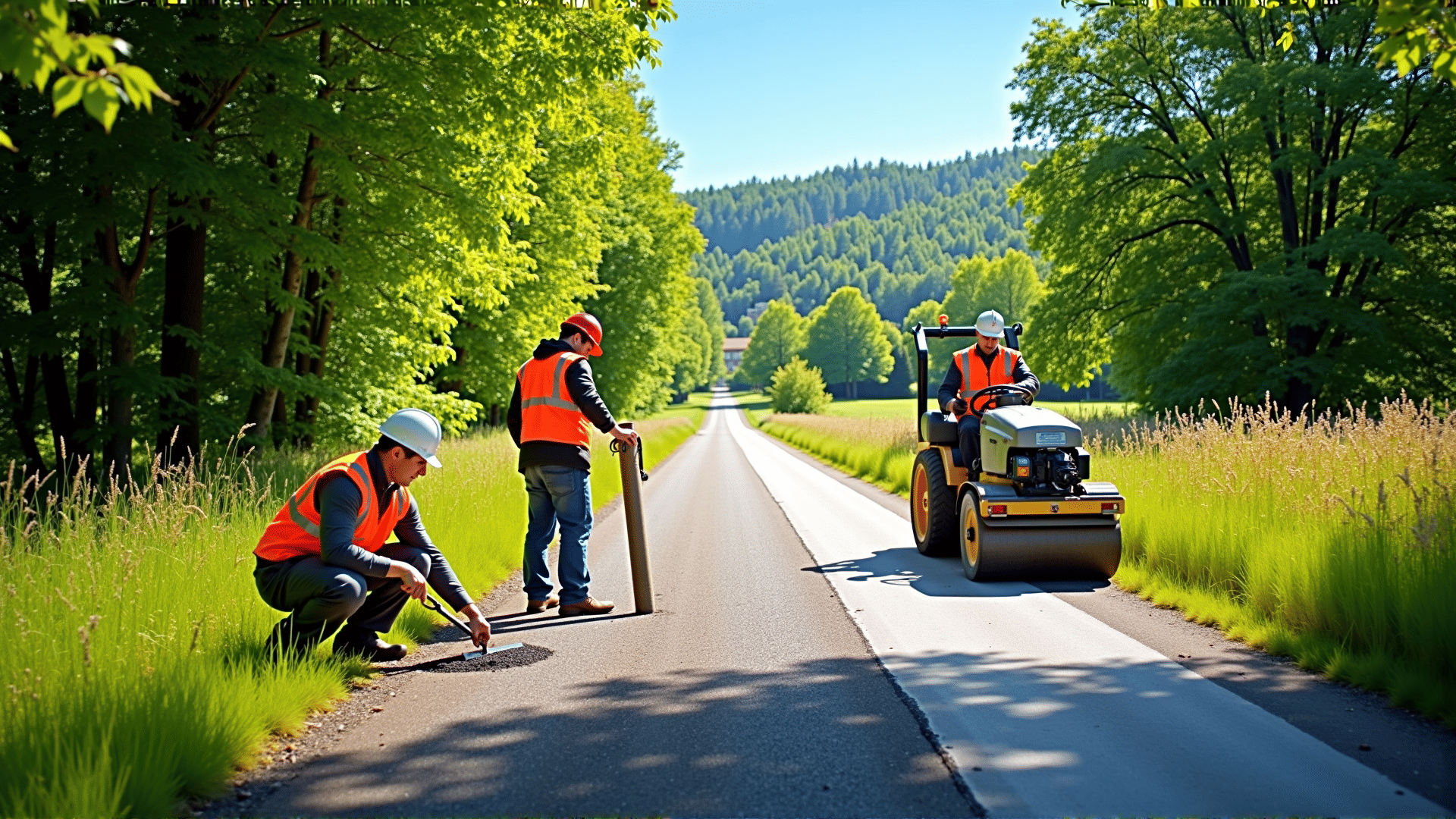In an era where environmental conservation is becoming increasingly paramount, sustainable solutions are taking center stage in various sectors, including development and road maintenance. The pressing challenge is to harmonize economic growth with environmental protection, ensuring that our developmental pursuits do not compromise the ecological balance of our planet. These sustainable practices aim not only to reduce negative environmental impacts but also to promote social and economic well-being.
One of the most significant aspects of sustainable development is the implementation of eco-friendly practices in construction. By integrating green building techniques, such as using sustainable materials and energy-efficient designs, we can significantly reduce the carbon footprint of new developments. For instance, employing materials that are recyclable or have minimal environmental impact helps in conserving natural resources. Additionally, incorporating renewable energy sources, such as solar panels or wind turbines, can minimize our reliance on fossil fuels, leading to a reduction in greenhouse gas emissions.
The road maintenance sector also offers a fertile ground for sustainable practices. Traditional road construction and maintenance techniques often involve processes and materials that are detrimental to the environment. However, innovative solutions are emerging to address these issues. The use of recycled materials in road construction—such as rubber from old tires and crushed concrete—can significantly lessen the environmental burden. Warm mix asphalt, which requires lower temperatures for application compared to conventional hot mix asphalt, reduces energy consumption and emissions during road paving.
Moreover, the adoption of permeable pavements is an exemplary eco-friendly practice. These pavements allow water to pass through, reducing surface runoff and promoting groundwater recharge. This approach not only helps in managing stormwater effectively but also mitigates the risk of flooding, thereby protecting natural water bodies from pollution.
To further bolster these efforts, it is critical to implement comprehensive recycling programs within the road maintenance industry. By creating systems that facilitate the effective reuse and recycling of materials, we can foster a circular economy, reducing waste and lowering the demand for new raw materials.
Collaboration between governments, environmental organizations, and industry players is essential in driving sustainable development. Policymakers must enact regulations and provide incentives that encourage the adoption of green technologies and practices. Meanwhile, industry leaders must commit to sustainable practices by investing in research and development of eco-friendly materials and technologies.
Public awareness and participation are equally crucial. By educating communities about the benefits of sustainable practices, we empower individuals to make environmentally conscious decisions in their daily lives, furthering the cause of sustainability on a grassroots level.
In conclusion, the journey toward sustainable development and road maintenance is fraught with challenges but also ripe with opportunities for innovation. Through the concerted efforts of various stakeholders and the adoption of eco-friendly practices, we can forge a path that ensures economic prosperity and environmental stewardship go hand in hand. By prioritizing sustainability, we not only safeguard the planet for future generations but also create resilient and thriving communities today.
